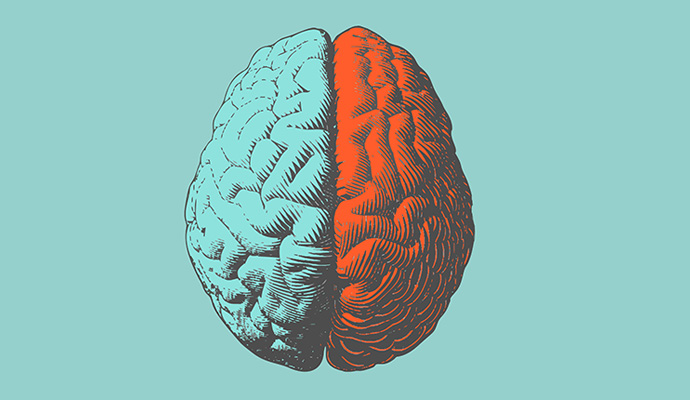AI Tool Assists in Diagnosing Subtle Brain Damage in Athletes
A new AI tool that uses MRI results can help identify brain damage in contact sports athletes that often goes unrecognized.

Source: Getty Images
- Published in The Neuroradiology Journal, a new study from the Department of Radiology at NYU Grossman School of Medicine indicates that an artificial intelligence (AI) tool could leverage MRI results to determine overlooked brain damage in contact sports athletes.
Data from the 2017 Youth Risk Behavior Survey provided by the Centers for Disease Control and Prevention (CDC) indicated that 15.1 percent of students had a concussion related to sports. The report also noted that joining more than one sports team correlated with higher concussion risk.
Although head trauma injuries can be apparent, many go unrecognized and could be repeated. Despite various brain imaging methods, such as CT scans, they often neglect to determine certain forms of brain damage.
To counter this issue, NYU researchers tested the abilities of an AI tool in detecting potential brain damage. They did this by comparing MRI scans of 36 contact and 45 noncontact sports athletes. All participants were male, and all scans took place between 2016 and 2018.
Of this total population of 81 patients, none received a concussion diagnosis during the study period.
Researchers trained the tool to use machine learning (ML) to pinpoint unhealthy brain features and how they differed between both sets of athletes. The tool was able to distinguish between the two groups of athletes, showing that repeated head impacts were linked to structural changes in the brains of contact sports athletes without a concussion diagnosis.
The researchers also ranked the features based on their importance in diagnosing brain injuries.
They found two metrics that were the most indicative of structural changes. Known as mean diffusivity, one of these variables measured water movement through brain tissue. This is often used to flag strokes on MRI scans. The other metric, known as mean kurtosis, reviewed brain-tissue structure to determine changes in the parts responsible for learning, memory, and emotions.
“Our findings uncover meaningful differences between the brains of athletes who play contact sports compared to those who compete in noncontact sports,” said Yvonne W. Lui, MD, study senior author and neuroradiologist, in a press release. “Since we expect these groups to have similar brain structure, these results suggest that there may be a risk in choosing one sport over another.” Dr. Lui is also a professor and vice chair for research in the Department of Radiology.
Researchers also highlighted a separate benefit of the study related to further understanding brain injury mechanisms. This could support the process of designing diagnostic tools in the future.
Prior research has indicated that AI can assist in diagnosing various conditions.
Research published in March by Rutgers, the State University of New Jersey, found that AI and ML could examine genes in DNA and use this information to assist clinicians in predicting cardiovascular diseases.
Researchers analyzed healthy patients and those with a disease such as atrial fibrillation or heart failure. After concluding that a correlation between certain genes and these diseases existed, they also found that factors such as age, gender, and race contributed. This information is important to researchers, as it can prompt earlier diagnosis and treatment.
